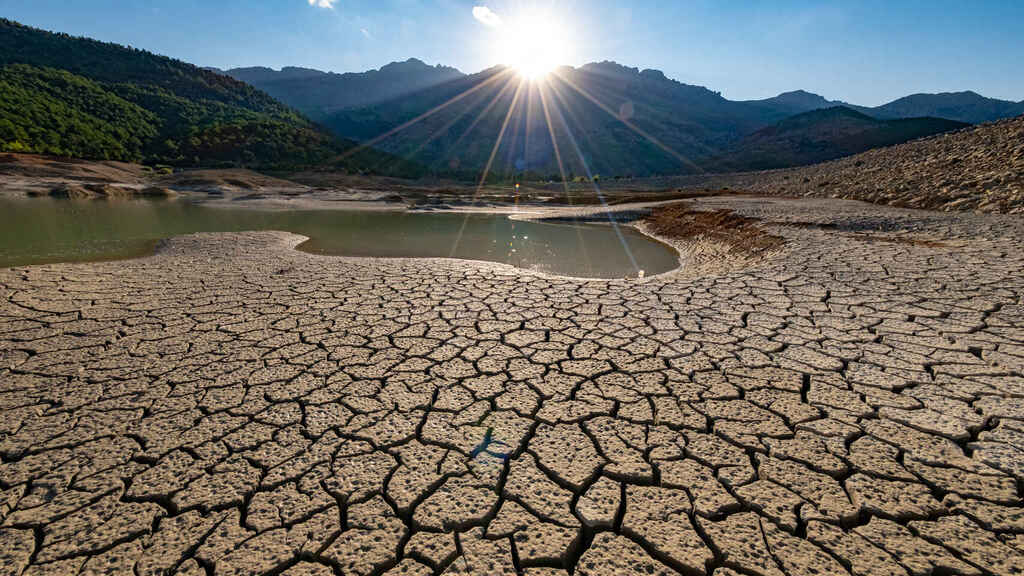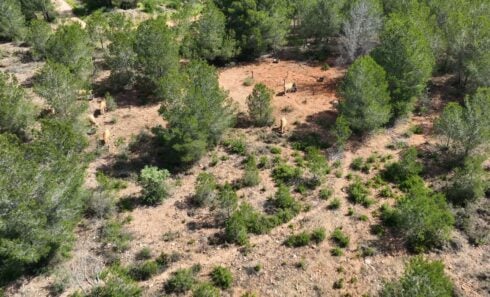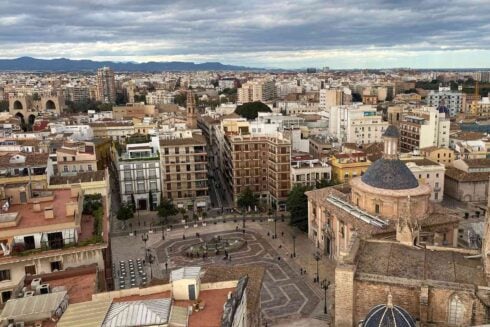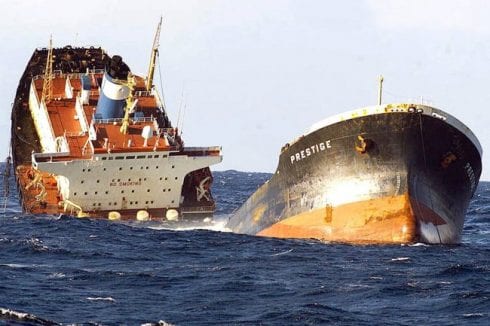ONE of the hottest-ever summers in Spain has caused reservoir levels to drop to their lowest capacity since 1995.
The Environment Ministry said that reservoirs are averaging 35% capacity as several parts of the country continue to endure a drought.
That’s despite massive downpours recorded in parts of Spain in March and April on the back of drought warnings issued at the start of the year.
One of the worst regions is Andalucia with the Guadalquivar basin operating at just 21%.
Spain suffered a major drought in the early nineties with water rationing becoming common in many parts of the country.
Water director for Ecologistas in Action, Santiago Martin Barajas, said: “There could be a collapse in supplies next year that could see major cities having to endure cuts.”
Most of the water- around 85%- is used for agriculture with Barajas believing restrictions are needed in the sector if rationing and cuts are to be avoided.
“The amount of irrigated land should be cut significantly,” he argued.
But farmers association Asaja says that the drought could lead to €8 billion losses as almond, olive, and sunflower crops are greatly reduced.
READ MORE:
- Spanish reservoirs fall by a further 0.9% in the last week to a sinking 35.9% capacity
- Secrets from the deep: As reservoirs dry up across Spain, long lost ancient sites are revealed
- Recent rainfall leaves five months worth of water in Spain’s Malaga reservoirs
- Dry January raises drought fears in not-so rainy Spain as reservoir capacity goes down to 44%
Click here to read more Environment News from The Olive Press.








